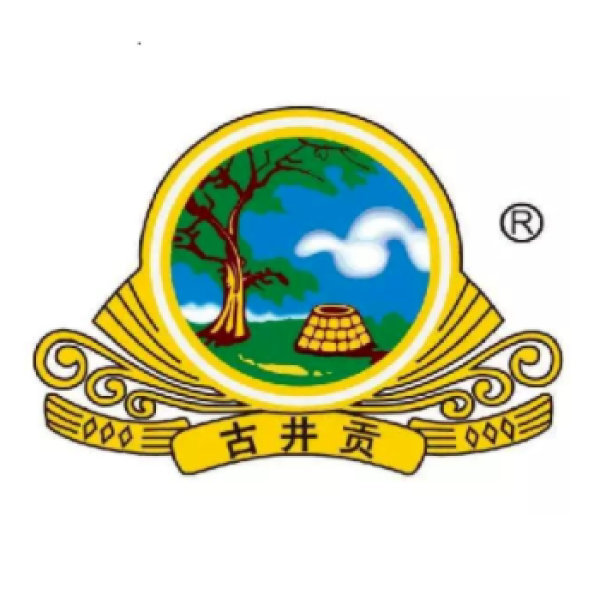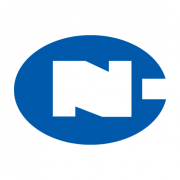
Ajanta Pharma Ltd
NSE:AJANTPHARM


| US |

|
Johnson & Johnson
NYSE:JNJ
|
Pharmaceuticals
|
| US |

|
Berkshire Hathaway Inc
NYSE:BRK.A
|
Financial Services
|
| US |

|
Bank of America Corp
NYSE:BAC
|
Banking
|
| US |

|
Mastercard Inc
NYSE:MA
|
Technology
|
| US |

|
UnitedHealth Group Inc
NYSE:UNH
|
Health Care
|
| US |

|
Exxon Mobil Corp
NYSE:XOM
|
Energy
|
| US |

|
Pfizer Inc
NYSE:PFE
|
Pharmaceuticals
|
| US |

|
Palantir Technologies Inc
NYSE:PLTR
|
Technology
|
| US |

|
Nike Inc
NYSE:NKE
|
Textiles, Apparel & Luxury Goods
|
| US |

|
Visa Inc
NYSE:V
|
Technology
|
| CN |

|
Alibaba Group Holding Ltd
NYSE:BABA
|
Retail
|
| US |

|
JPMorgan Chase & Co
NYSE:JPM
|
Banking
|
| US |

|
Coca-Cola Co
NYSE:KO
|
Beverages
|
| US |

|
Walmart Inc
NYSE:WMT
|
Retail
|
| US |

|
Verizon Communications Inc
NYSE:VZ
|
Telecommunication
|
| US |

|
Chevron Corp
NYSE:CVX
|
Energy
|
Utilize notes to systematically review your investment decisions. By reflecting on past outcomes, you can discern effective strategies and identify those that underperformed. This continuous feedback loop enables you to adapt and refine your approach, optimizing for future success.
Each note serves as a learning point, offering insights into your decision-making processes. Over time, you'll accumulate a personalized database of knowledge, enhancing your ability to make informed decisions quickly and effectively.
With a comprehensive record of your investment history at your fingertips, you can compare current opportunities against past experiences. This not only bolsters your confidence but also ensures that each decision is grounded in a well-documented rationale.
Do you really want to delete this note?
This action cannot be undone.

| 52 Week Range |
2 374.45
3 044
|
| Price Target |
|
We'll email you a reminder when the closing price reaches INR.
Choose the stock you wish to monitor with a price alert.

|
Johnson & Johnson
NYSE:JNJ
|
US |

|
Berkshire Hathaway Inc
NYSE:BRK.A
|
US |

|
Bank of America Corp
NYSE:BAC
|
US |

|
Mastercard Inc
NYSE:MA
|
US |

|
UnitedHealth Group Inc
NYSE:UNH
|
US |

|
Exxon Mobil Corp
NYSE:XOM
|
US |

|
Pfizer Inc
NYSE:PFE
|
US |

|
Palantir Technologies Inc
NYSE:PLTR
|
US |

|
Nike Inc
NYSE:NKE
|
US |

|
Visa Inc
NYSE:V
|
US |

|
Alibaba Group Holding Ltd
NYSE:BABA
|
CN |

|
JPMorgan Chase & Co
NYSE:JPM
|
US |

|
Coca-Cola Co
NYSE:KO
|
US |

|
Walmart Inc
NYSE:WMT
|
US |

|
Verizon Communications Inc
NYSE:VZ
|
US |

|
Chevron Corp
NYSE:CVX
|
US |
This alert will be permanently deleted.
Ajanta Pharma Ltd
In the bustling landscape of the Indian pharmaceutical industry, Ajanta Pharma Ltd. has carved a niche for itself with a blend of strategic innovation and market smartness. Founded in 1973, the company swiftly harnessed the dynamics of a growing market by focusing on specialty therapeutic segments including cardiology, dermatology, ophthalmology, and pain management. With a distinctive approach that merges global aspirations with local market insights, Ajanta Pharma has established itself as a significant player not just in India, but also across over 30 countries. The company's success is driven by its sustained emphasis on research and development, which fuels its capabilities to roll out new, affordable formulations addressing unmet medical needs.
Ajanta Pharma’s business model thrives on a two-pronged strategy: focusing on high-growth emerging markets and capitalizing on the constantly evolving healthcare demands in regulated markets like the United States. The company's adeptness at manufacturing efficiency and its vertically integrated operations enable it to maintain competitive cost structures, delivering value through robust margins. The revenue streams are further amplified by its prowess in developing generic drugs for the American market, where it navigates through complex regulatory landscapes to outpace competitors. Underpinned by a strong commitment to quality and patient-centric innovation, Ajanta Pharma’s operations exemplify a balanced growth trajectory, reinforcing its status as a dynamic and responsive healthcare entity.

In the bustling landscape of the Indian pharmaceutical industry, Ajanta Pharma Ltd. has carved a niche for itself with a blend of strategic innovation and market smartness. Founded in 1973, the company swiftly harnessed the dynamics of a growing market by focusing on specialty therapeutic segments including cardiology, dermatology, ophthalmology, and pain management. With a distinctive approach that merges global aspirations with local market insights, Ajanta Pharma has established itself as a significant player not just in India, but also across over 30 countries. The company's success is driven by its sustained emphasis on research and development, which fuels its capabilities to roll out new, affordable formulations addressing unmet medical needs.
Ajanta Pharma’s business model thrives on a two-pronged strategy: focusing on high-growth emerging markets and capitalizing on the constantly evolving healthcare demands in regulated markets like the United States. The company's adeptness at manufacturing efficiency and its vertically integrated operations enable it to maintain competitive cost structures, delivering value through robust margins. The revenue streams are further amplified by its prowess in developing generic drugs for the American market, where it navigates through complex regulatory landscapes to outpace competitors. Underpinned by a strong commitment to quality and patient-centric innovation, Ajanta Pharma’s operations exemplify a balanced growth trajectory, reinforcing its status as a dynamic and responsive healthcare entity.
Revenue Growth: Ajanta Pharma reported strong operational revenue growth of 14% year-over-year for both Q2 and the first half, led by robust performances across regions.
Margin Stability: Gross and EBITDA margins remained resilient, with gross margin at 77% for the quarter and EBITDA margin at 24% despite higher personnel and other expenses.
Strong US Generics: US Generics sales surged 48% in Q2 and 42% in the first half, driven by successful new launches and market share gains.
Improved Guidance: Management now expects double-digit growth in Africa for the full year, above their earlier mid-single-digit guidance.
Interim Dividend: Board approved an interim dividend of INR 28 per share (INR 350 crores total).
Working Capital Actions: Trade receivables increased due to a shift from factoring to working capital loans, while inventory days improved significantly to 56 days.
Guidance Maintained: Management reaffirmed EBITDA margin guidance of 27% ±1% for rest of the year despite continued investments.











































